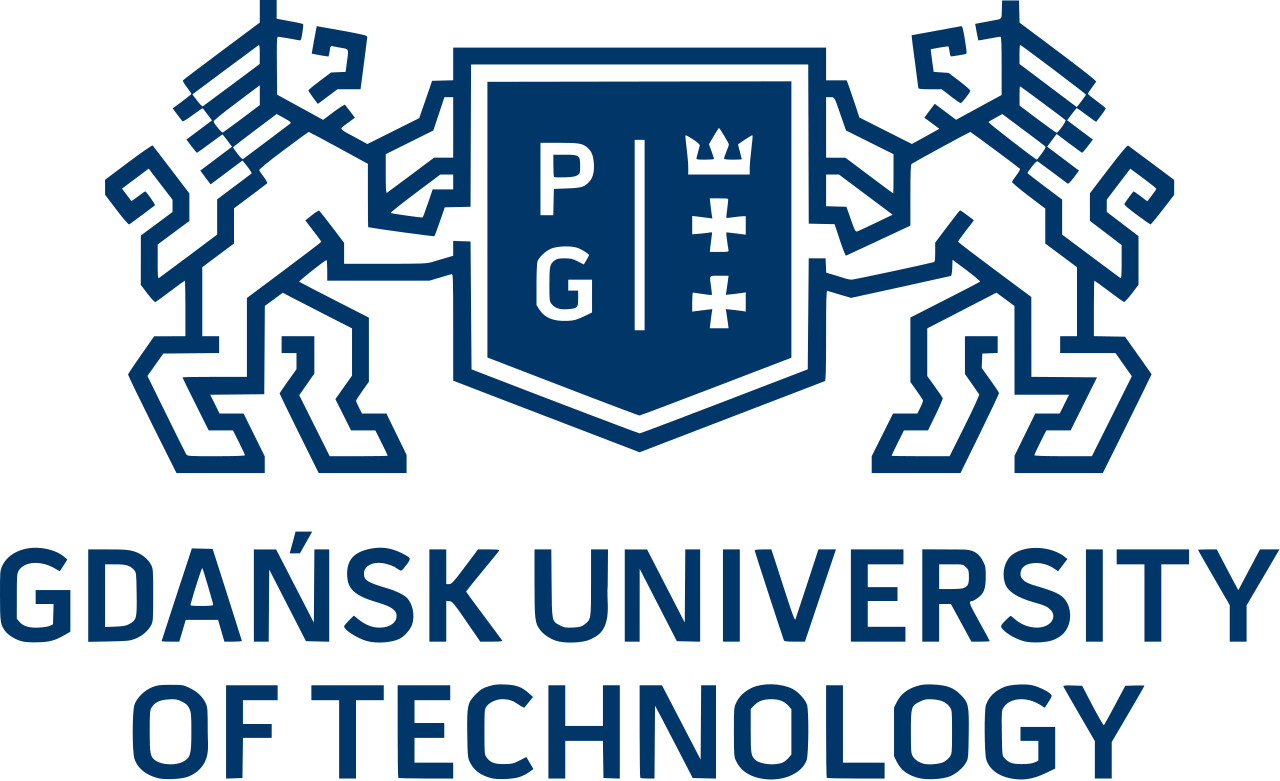Big Data and Electro-Thermal Design
A.W. Skorek (Univ. Québec at Trois-Rivières, Canada)
“Big Data is changing the way people within organizations work together. It is creating a culture in which business and IT leaders must join forces to realize value from all data. Insights from Big Data can enable all employees to make better decisions—deepening customer engagement, optimizing operations, preventing threats and fraud, and capitalizing on new sources of revenue. But escalating demand for insights requires a fundamentally new approach to architecture, tools and practices” – IBM. In Electro-Thermal design there’re numerous big data considerations including complex systems computing requirements. Those complex systems become the first plan issues, especially if we move from compact models approaches to numerical ones. In fact, an accurate Finite Element modeling generates data sets so large and so complex that usual data processing methods are not only inappropriate but even block new developments and progress. Finite Element and others numerical methods are based on Big Data analysis, transfer, storage and visualization as elements of the current definitions related to Big Data concept. As Electro-Thermal design is based on requirements and specifications, combined with analysis and measurements, in addition to the modeling and simulations data sets there’re empiric data which can be also classified big in relation to the classical computing systems capabilities. This kind of design problems requires High Performance Computing applications with parallel software running on thousands of nodes and cores. Hopefully the High Performance Computing (HPC) infrastructures become easily accessible and now with Cloud Computing approach, is offering for researches some new opportunities based on the open and shared resources including not only computing facilities but also knowledge with currently observed new openings on the field of intellectual property issues. An overview of current trends and initiatives from worldwide perspective is illustrated by lecturer’s explorations of the HPC opportunities for Big Data problems solutions in Electro-Thermal Design. Some practical examples and instructions for potential users are presented, stimulating the audience to some exploratory tests of largely available modern tools. From other side, an Electro-Thermal design is strongly related to the Big Data operation and storage centers. In fact, the power losses, heat generation and cooling systems for Big Data infrastructures needs some innovative approaches and methods. In this presentation, a focus on Modular Data Centers will be presented and more precisely those designated for Nordic or Arctic climate regions. Finally, Big Data is being generated not only in electro-thermal design. Internet of Things and so many devices around us generate Big Data at all times. Our digital environment including mobile devices and social media produce and transfer sets of data around us at all times. How we can comfortably and profitably perform in this reality as engineers, scientists, industry and academia? – there’re the subjects to be discussed in conclusion.










